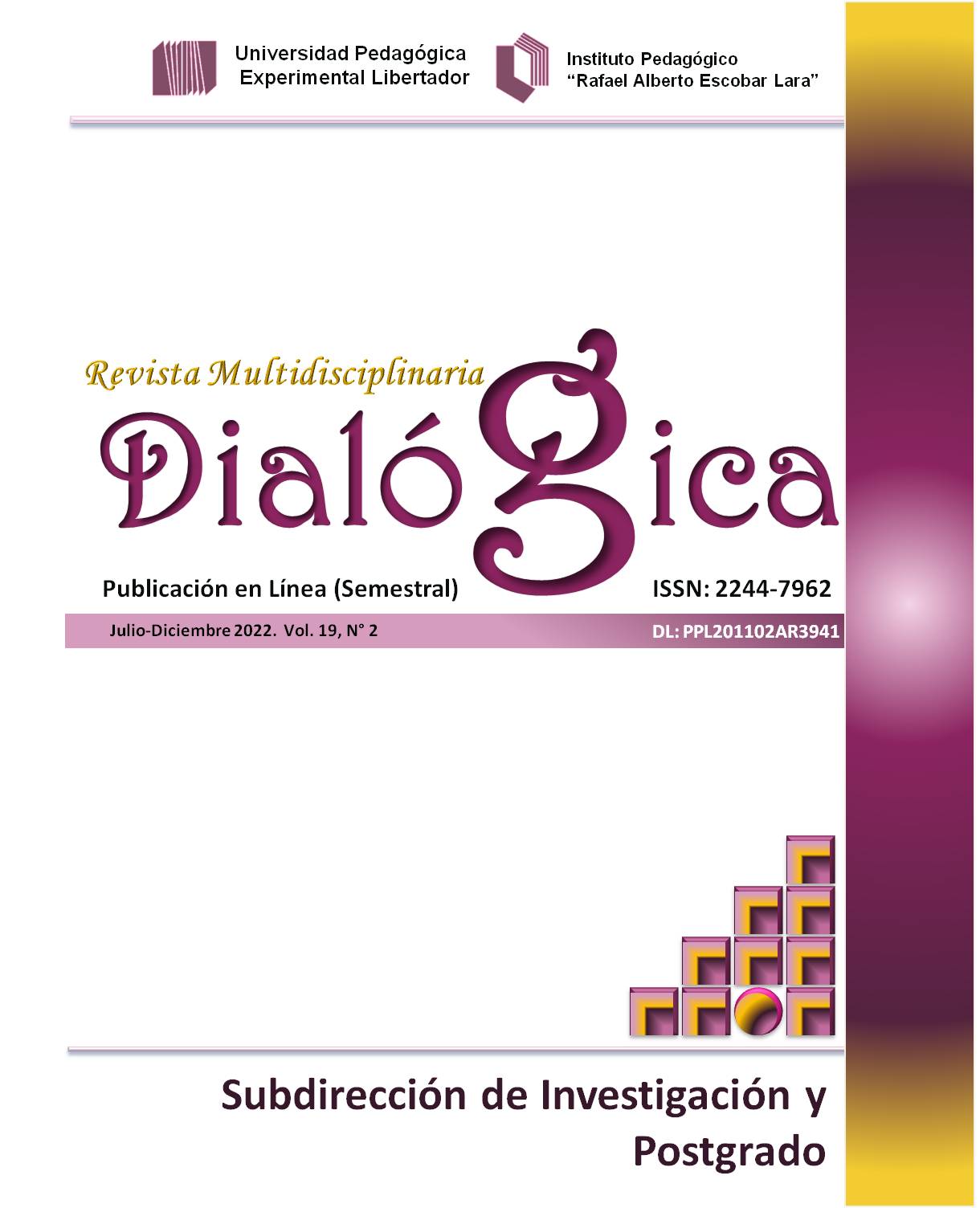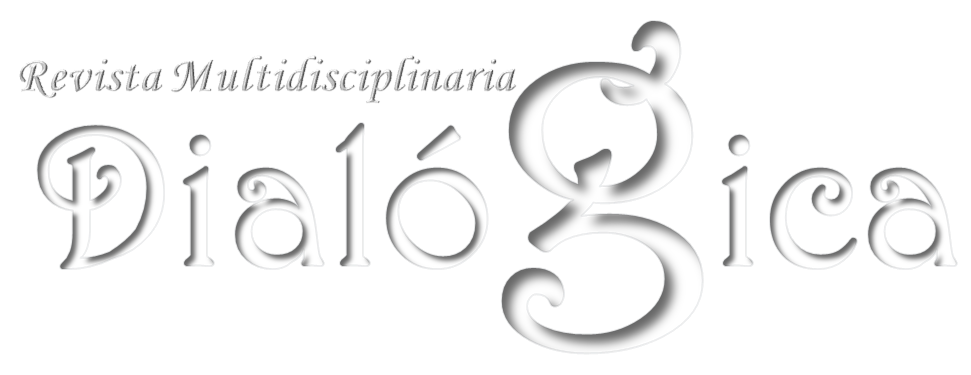INTERACTIVE STRATEGIES FOR NATURAL SCIENCE TEACHING
DOI:
https://doi.org/10.56219/dialgica.v19i2.2161Keywords:
teaching, learning, technologyAbstract
The main purpose of this article is to present a proposal of a Tutorial of Interactive Strategies for the Teaching of Natural Sciences, addressed to Primary Education teachers of the E.B.E. Manguito I. The research was framed under the modality of a special project, supported by a field design, non-experimental, descriptive type. The selected sample consisted of 15 primary school teachers, to whom a 20-item questionnaire with Likert-type responses was applied. Among the conclusions is that the teacher is a mediator who will have at his disposal information that he must manage and teach through an interactive tutorial and introduce it in the educational field, he will also let the students know how to appropriate it, recognising the quality of the different educational materials with the support of Information and Communication Technologies.
References
Arias, F. (2012). El proyecto de investigación, una introducción a la metodología científica. Espíteme.
Balestrini, M. (2006). Cómo se Elabora el Proyecto de Investigación. Consultores Asociados B.L.
Bates, F. (2002). La tecnología. www.tdx.cat/bistream/handle /10803/88/ llabt
Benedicto, M. (1987). La Didáctica y su relación con los procesos de formación docente un vínculo inherente que reclama su definición. www.tdx.cat/bistream/handle /10803/88/llabt /didáctica.
Cabero, M. (2001). Modelos de enseñanza y aprendizaje. McGraw-Hill.
Cabero, J. (2007). Nuevas tecnologías aplicadas a la educación. Las nuevas tecnologías en la sociedad de la información. Mc Graw Hill
Cedeño, H. (2003). Compromiso organizacional de los docentes que laboran en el decanato.
Dankhe, G. (1999). Investigación de campo. Universidad Experimental de Guayana. Venezuela. 2011.
Ferreiro, F. (2007). Estrategias basadas en las tics. www.cidar.uneg.ve
Hernández, O. (2014). Ciencias naturales. Experiencia e investigación en la institución privada en el área Metropolitana de Monterrey, México. www.edumet.net_libros-gratis-2014.
López, J. (2004). La integración de las tics en las ciencias naturales. www.eduteka.org/editorial 1.php.
Martinand, D. (1986). El software educativo como herramienta didáctica. http //saber.ucv.ve/ jspui/bistream /123468/ 622/ 1 completo.pvc.
Molenda, M. (2008). Values. A definition with commentary. Lawrence Erlbaum Associates.
Pósito, M. (2012). El problema de enseñar y aprender ciencias naturales en los nuevos ambientes educativos. Universidad de la Plata.
Ruiz, C. (1988). Didáctica. McGraw-Hill
Tamayo y Tamayo, M. (2009). El proceso de investigación científica (5a. ed.). LIMUSA.
Universidad Pedagógica Experimental Libertador UPEL (2012). Manual de trabajos de grado de especialización y maestría y tesis doctorales (4a. ed.). Fedupel
Zabalza, B. (1998). Describe 5 enfoques de la didáctica. Mc Graw Hill.


 @revistadialogica
@revistadialogica DialogicaUPEL
DialogicaUPEL RevistaDialogicaUPELMaracay
RevistaDialogicaUPELMaracay dialógicaupel@gmail.com
dialógicaupel@gmail.com dialogicaupel.blogspot.com
dialogicaupel.blogspot.com https://issuu.com/dialogicaupel
https://issuu.com/dialogicaupel https://revistas.upel.edu.ve/index.php/dialogica/
https://revistas.upel.edu.ve/index.php/dialogica/









